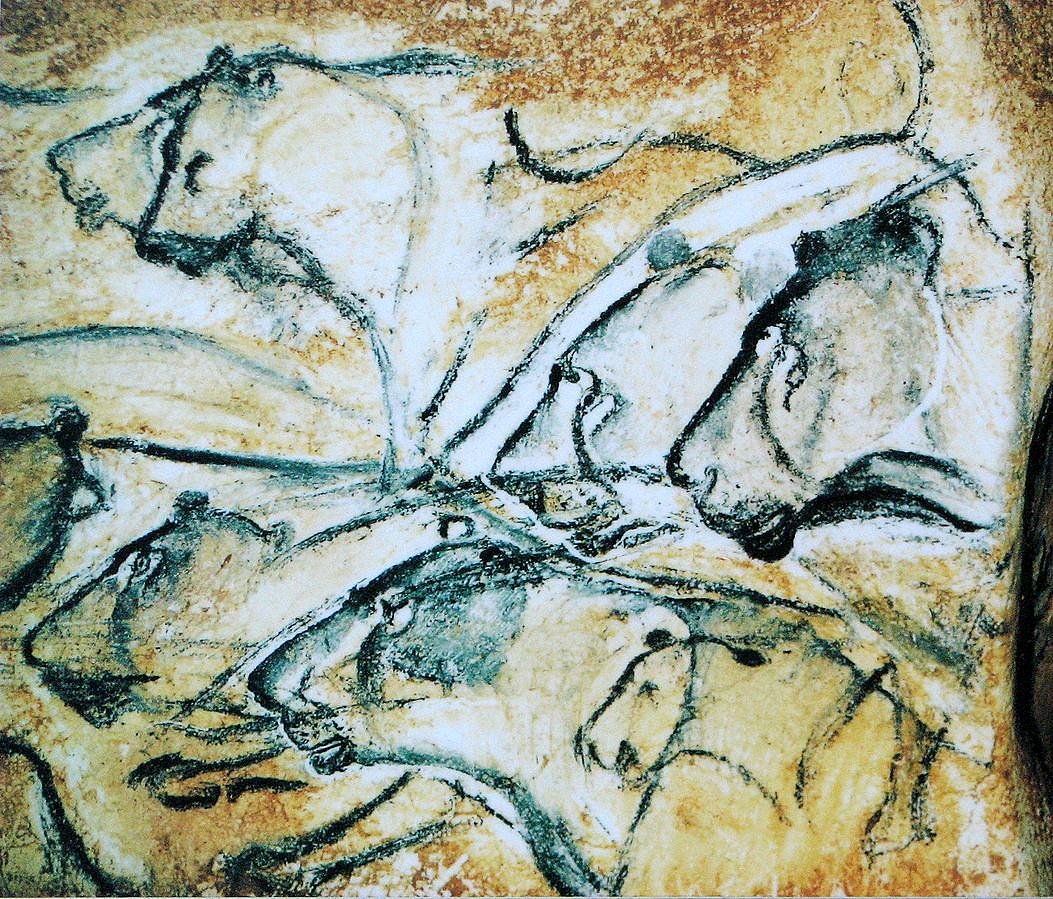All the different branches of knowledge have assisted each other. And like different instruments of music, the sounds of which combine in Harmony, they have all cooperated in enlightening the mind in extending its enjoyments and in exalting the state of social Life. (RI MS HD/19/E, p. 58)
When Davy lived and worked, the division between science and art was much less accentuated than it is today. In Davy’s ‘Introductory Lecture’ for courses offered by the Royal Institution in 1805, he actually began with a justification of the value of scientific inquiry via an explanation of the interdependency of all species of knowledge. Like the white light of Newton’s refracting prism, his text begins with ‘the love of Knowledge and of intellectual power’ before separating this knowledge out into the rainbow strands of the different specialisms of science and art. For Davy, this ‘love of Knowledge’ was a fundamental human characteristic and ‘one the most worthy of being cultivated and extended’ (RI MS HD/19/E, p. 81). For Davy, there was no need to justify the usefulness of any academic subject, it already naturally and implicitly held value.
It’s a point that’s worth thinking about when we consider our own relationship to academic knowledge today. In 2020, a coalition of the British Academy, the Arts Council England, and the London School of Economics established the acronym SHAPE (social sciences, humanities, and the arts for people and the economy) in order ‘to emulate the success of the educational term STEM – which stands for science, technology, engineering and maths – in emphasising the importance of the core subjects it represents’.[1] It was a bold plan that aimed to counter a rising societal dismissal of the arts as easy subjects lacking in value, and to encourage students ‘to view these subjects as positive steps towards a high-status career’.[2] Yet despite these worthy aims, the new acronym faced heavy criticism on social media, with one key problem identified as the apparent need for the new term to justify the existence of arts-based subjects by referencing their usefulness to ‘people and the economy’. Today, society has a tendency to ascribe intrinsic worth to scientific subjects – the STEM acronym features no such agenda – yet the worthiness of arts and humanities subjects must be continually explained and restated. Where funding is concerned, art is not valued for its own sake in the way that science is, but must continually justify its relevance in measurable, often financial, terms. Davy’s conviction of the value of all forms of intellectual inquiry would seem to have little place in our modern world – but why should this be the case?
In the development of human knowledge, art and science have always gone hand in hand. A study of the Chauvet cave paintings in France in 2012 determined that the 30,000 year old artwork was created not as a static frieze, but as a pattern of flat animations that only come to life when seen by the flickering light of a torch – a symbiotic harmony between art and the early technology of fire.[3] During the Jonathan Swift 350 conference at Trinity College Dublin in 2017, delegates were taken on a sensitively arranged visit to St Patrick’s Hospital, a mental health hospital that owes its original existence to a generous bequest from Swift. Today St Patrick’s provides a range of treatments, both medicinal and therapeutic, and its walls are decorated with the most beautiful, often poignant, paintings and collages created by patients as part of a programme of art therapy. It served as a powerful reminder that humans are not simply organic robots – science alone can neither establish a civilization nor enable it to flourish.

Museum replica of part of the Chauvet cave paintings (public domain, via Wikimedia Commons)
Creative self-expression and the stimulation of the mind through the arts is a vital component of our humanity. When Davy wrote verse about his experiments with and experience of inhaling nitrous oxide gas, he was not simply indulging in a flight of fancy. He was exploring other ways of interpreting and understanding his intellectual inquiries. In the same lecture in which he wrote of the ‘love of Knowledge’, he also noted that ‘all truths in nature… are worthy of our study for their own sake rather than with any idea of profit or interest’ (RI MS HD/19/E, p. 54) – powerful words coming from someone who at the time did not have a personal fortune to fund his research, but who was instead still earning his own income as a professor and lecturer. ‘All the different branches of knowledge have assisted each other’, Davy writes, and ‘they have all cooperated in enlightening the mind’ (RI MS HD/19/E, p. 58). The message is clear: all knowledge has value, if only we have the wisdom to see it.
—
[1] Vanessa Thorpe, ‘University and Arts Council in drive to re-brand ‘soft’ academic subjects’, https://www.theguardian.com/education/2020/jun/21/university-and-arts-council-in-drive-to-re-brand-soft-academic-subjects [accessed 27/08/2021].
[2] Ibid.
[3] Marc Azema and Florent Rivere, ‘Animation in Palaeolithic art: a pre-echo of cinema / L’animation dans l’art paléolithique: un pré-écho au cinéma’, Antiquity, 86 (2012), 316-24.